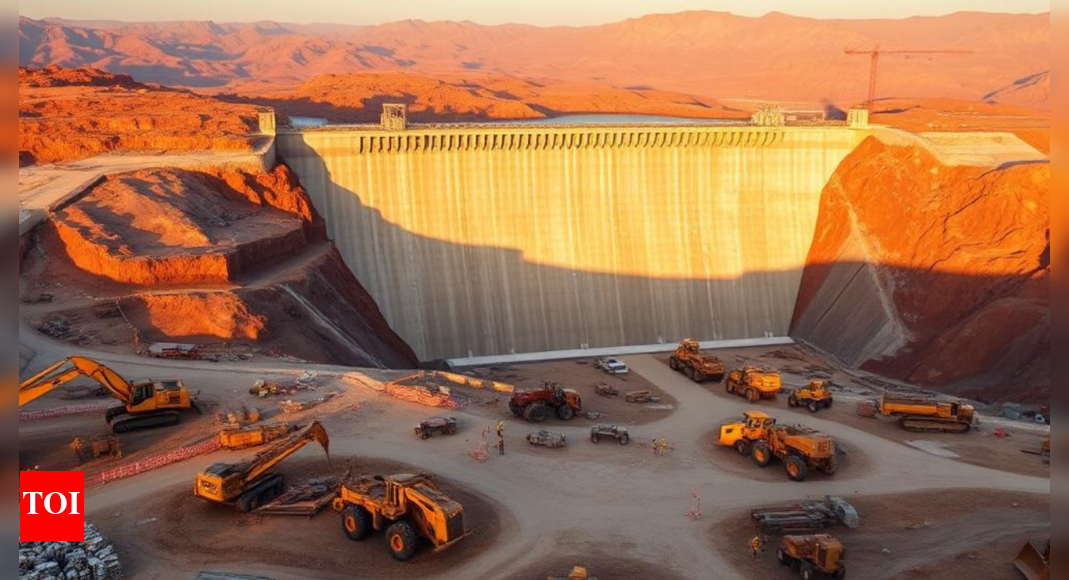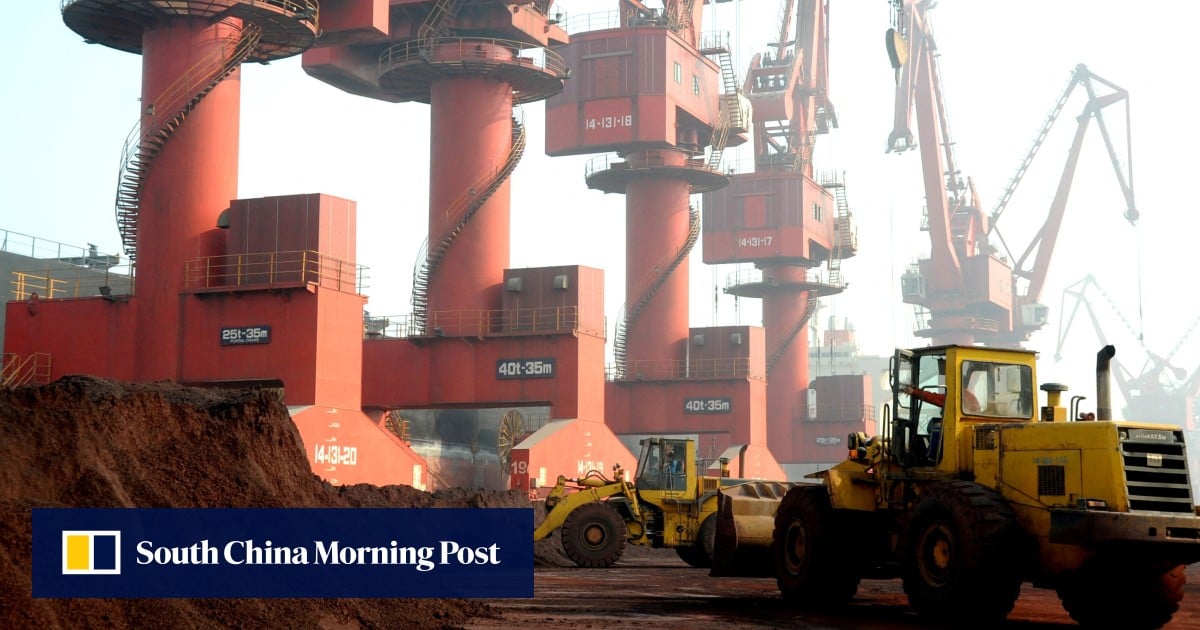India and China have announced that they have reached an agreement on patrolling their common border after more than four years of tension. Can this boost trade and investment flow between the two economic powers? Mint explains:
How significant is the border pact?
It is a first step towards rebuilding their relationship which took a beating following the border clash at Galwan in June 2020. Almost all forms of bilateral engagement came to a halt after the clashes between the two nuclear-armed neighbours. The agreement paved the way for a meeting between Chinese President Xi Jinping and Prime Minister Narendra Modi on the sidelines of the Brics Summit in Russia on Wednesday—their first since 2020. Thawing of the relationship may ease anti-China sentiment among Indians—a Pew Research Centre survey says 67% of Indians have an unfavourable view of China.
What troubles their relationship?
There are multiple friction points. The 3,379 km border is not clearly demarcated, and this causes periodic flare-ups—like the one at Galwan in Ladakh. Trade is massively skewed in China’s favour. This causes angst as India exports to China far less than what it imports.
Also read | India to take on China on GI listings by tapping goods district-wise
More important are geopolitical factors. China’s ‘all weather’ relationship with Pakistan makes India uncomfortable. China, for its part, views India’s growing proximity with the US with suspicion. Not to mention its participation in the Quad grouping along with the US, Australia and Japan, which it perceives as an anti-China alliance.
How has the trade relationship been?
Through it all, trade between India and China continued to grow. Chinese imports crossed the $100 billion mark in FY24, the year trade stood at $118.4 billion. Indian imports were $101.7 billion and exports $16.7 billion—a trade deficit of $85 billion. In the first six months of FY25, trade grew by 12%. In FY24, China pipped the US to become India’s largest trading partner.
What about investments?
China doesn’t figure in the top 10 investing countries by FDI equity inflows, says commerce ministry data. Despite this, as ties nosedived in 2020, India released Press Note 3 which said all investments from countries sharing a border with India needed specific government approval. They cannot take the automatic approval route available for other countries. This rule was targeted at China. In July 2023, the government rejected a $1 billion investment by China’s BYD, the world’s biggest electric vehicle manufacturer.
Does India need Chinese investments?
Not much importance was given to FDI from China, until the 2023-24 Economic Survey batted for it. It said it would be better to receive FDI from China and make the goods in India rather than importing them from China.
Also read | Mint Primer | China’s stimulus: What it spells for India & the world
The Survey also raised questions on whether it would be possible for India to plug into the global supply chain without first plugging itself into the Chinese supply chain. But for this to happen, the trust deficit between the two countries must reduce, experts say. The border pact offers some hope.


